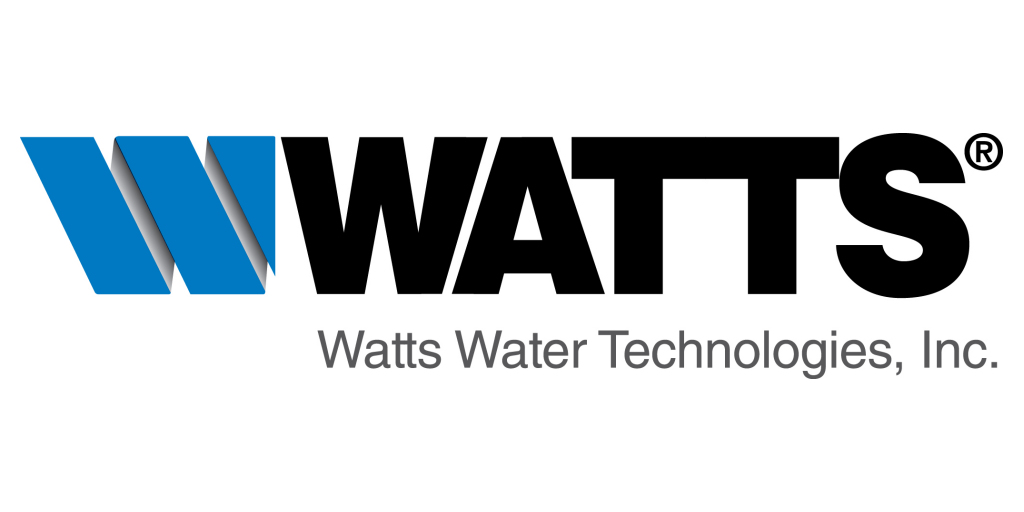Sign up for daily news updates from CleanTechnica on email. Or follow us on Google News!
Farmers are proving to be staunch renewable energy allies in the US, leasing out their vast swaths of pre-developed, treeless land for giant new utility-scale solar arrays. The evolving field of agrivoltaics is strengthening the alliance by combining rural solar arrays with agricultural benefits. In the latest evolution, a new solar project in Illinois aims to leverage agrivoltaics to encourage farmers to cultivate Kernza®, the trademarked name of a perennial, non-GMO alternative to wheat and other annual grains.
Agrivoltaics To The Rescue
The combination of solar energy and farming comes at a timely moment, when opposition to rural solar development is on the rise. Among the news organizations taking note of the trend is the Des Moines Register. Its reporting team ran the numbers on opposition to wind and solar development earlier this year. They found that at least 15% of counties in the US have effectively brought utility-scale renewable energy development to a screeching halt. “The limits come in the form of outright bans, moratoriums, construction impediments and other conditions that make green energy difficult to build,” they explained.
In some states, including California, Illinois, and New York, state-level policymakers have prevented local jurisdictions from imposing such restrictions. Last year, Inside Climate News drew particular attention to Illinois, where state lawmakers stepped in to protect renewable energy development after local office-holders in more than a dozen jurisdictions put new wind and solar projects at risk.
Solar developers in Illinois have also begun to deploy agrivoltaics to tamp down local opposition. Critics argue that utility-scale solar arrays are an inappropriate use of farmland, but agrivoltaic arrays enable the land to remain in agricultural use.
Livestock grazing and pollinator habitats are the most common applications for agrivoltaic arrays in the US, with specialty crops and human foods also under investigation.
Kernza Meets Agrivoltaics
The Kernza project demonstrates how solar developers can ally with agriculture stakeholders to draw out the benefits of both solar development and more sustainable crops. The project leverages Phase II of the Eldorado solar project in Illinois, under the purview of the solar developer Sol Systems.
Phase II expands the capacity of the existing Eldorado Phase I array to a capacity of more than 300 megawatts. As described by Sol Systems, that places Eldorado among the biggest solar developments in the region, and one of the biggest in the US to incorporate agrivoltaics, too.
“Eldorado Phase II will be one of the most environmentally innovative large-scale solar projects in the United States, incorporating Kernza® grain cultivation, pollinator-friendly vegetation, as well as a host of local educational and other community impact programs to tie the project’s economic benefits to the local community,” Sol Systems explained in a press release dated September 6.
Sol Systems also notes that both phases of the project are the first to deploy new tunnel oxide passivated contact solar modules from the firm Canadian Solar.
Growing Grains With Agrivoltaics
The new solar technology is interesting, but what really caught the CleanTechnica eye was the idea of applying agrivoltaics to a field crop.
“Portions of the solar project will be used to grow and harvest Kernza®, a perennial grain known for its ability to sequester carbon and improve soil health. The Kernza® will be cultivated, harvested, and then supplied to local partners to support local businesses,” Sol Systems stated.
That’s of particular interest in terms of agrivoltaics. So far in the US, the practice of agrivoltaics has been limited to row crops and other applications that don’t require the massive pieces of machinery typically used to cultivate grains and other field crops on an industrial scale (see lots more stories about solar-plus-farming here).
CleanTechnica reached out to Sol Systems to find out what the plan is. Dan Diamond, Chief Construction Officer of Sol Systems, kindly responded by email.
For the Kernza fields, the solar panels will be raised higher, and arranged in slightly wider rows. “The wiring in this area is also slightly different than in the rest of the array to accommodate harvest equipment,” Diamond explained.
At this time, Sol Systems does not expect the Kernza field to deploy the largest size of industrial-scale equipment.
“While the combine type is still being determined, it will be one that is readily available on the market, but not as big as one might see in a large farming operation. We are likely to use a combine with a 10-12ft head vs a 25ft+ head,” Diamond said.
We were also curious about the pollinator-friendly vegetation. Some agrivoltaic arrays cultivate habitats aimed at improving pollinator services for nearby fields. The Eldorado habitat falls more into the category of ecosystem restoration (here’s another interesting example).
“The objective of planting pollinator-friendly mixes was to use prairie seed mixes suitable for the ecosystem and region,” Diamond said. “While the planted seed mixes may provide benefits to nearby operations, the objective was to support habitat restoration on the project.”
The design of the solar array in the prairie restoration portion of Eldorado does not require any special alternation, Diamond told CleanTechnica.
“Seed mixes to support pollinators were designed to work with the array infrastructure,” he said.
The Allure Of Kernza
As for Kernza, the general idea is to encourage farmers to transition into perennial crops as a matter of soil conservation and all-around sustainability.
“Through their continuous plant cover — both above-ground and below-ground — perennial grain crops have the capacity to decrease soil erosion, increase soil health, prevent nutrient run-off, reduce pollution, lower fossil fuel consumption and mitigate the agricultural contribution to climate change,” observed a research team from the University of Wisconsin in Madison.
Despite the benefits compared to wheat and other annual grains, Kernza has not yet broken into the mainstream. Without a mature market, recruiting farmers to scale up and grow Kernza in bulk presents a chicken-and-egg conundrum.
Who’s Afraid Of Agrivoltaics?
The Eldorado project could give the Kernza market a shot of adrenaline. The solar project is enrolled in Sol Systems’ ongoing research partnership with the American Farmland Trust, which has begun to incorporate agrivoltaics into its strategy for conserving farmland.
There could be plenty more where that came from. On June 3, Sol Systems and the firm Macquarie Asset Management announced an $85 million debt investment, aimed at supporting five solar projects in Illinois and Ohio.
“The investment marks the first tranche of a planned broader collaboration between the companies,” the two companies emphasized.
If and when that broader collaboration materializes, the opponents of rural solar development are going to have their hands full.
Follow me @tinamcasey on Bluesky, Threads, Instagram, and LinkedIn.
Photo: The US solar developer Sol Systems is deploying agrivoltaics to add ecosystem restoration and grain cultivation to its Eldorado project in Illinois (courtesy of Sol Systems).
Have a tip for CleanTechnica? Want to advertise? Want to suggest a guest for our CleanTech Talk podcast? Contact us here.
Latest CleanTechnica.TV Videos
CleanTechnica uses affiliate links. See our policy here.




